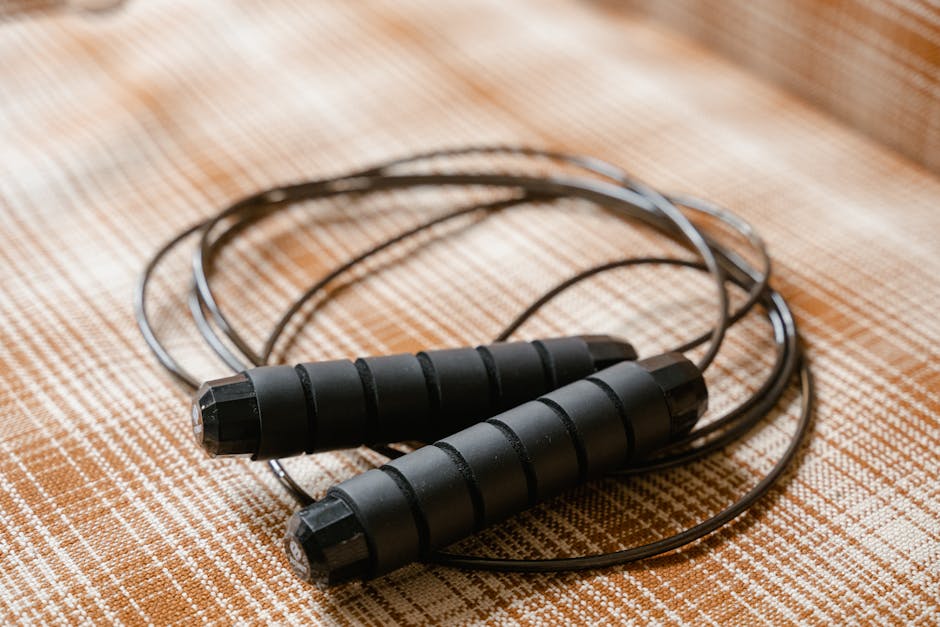Weight-Loss Injections: A Revolutionary Approach
The pursuit of weight loss has spurred countless innovations, from restrictive diets to grueling exercise regimens. Yet, for many, achieving sustainable weight management remains a significant challenge. In recent years, weight-loss injections have emerged as a potentially revolutionary approach, offering a novel avenue for those seeking to shed excess pounds. This article delves into the science behind these injections, exploring their mechanisms of action, efficacy, potential side effects, and suitability for different individuals.
Understanding the Science Behind Weight-Loss Injections
Several types of weight-loss injections are currently available or under development. The most prevalent and widely studied are those containing GLP-1 receptor agonists (like semaglutide, liraglutide, and dulaglutide) and those containing naltrexone and bupropion (like Contrave). These medications work through different mechanisms to influence appetite, metabolism, and energy expenditure.
GLP-1 Receptor Agonists: These medications mimic the action of glucagon-like peptide-1 (GLP-1), a naturally occurring hormone in the gut. GLP-1 plays a crucial role in regulating blood sugar levels and appetite. When administered as an injection, GLP-1 agonists slow gastric emptying, promoting feelings of fullness and satiety. This leads to reduced calorie intake. Furthermore, they can increase insulin secretion in response to food intake, improving glucose tolerance and potentially reducing weight. Studies have shown that these medications can lead to significant weight loss, often exceeding 15% of initial body weight in some individuals. The mechanism isn’t solely appetite suppression; they also seem to influence energy expenditure and fat metabolism.
Naltrexone/Bupropion Combination: This combination medication, often prescribed as Contrave, works through a different mechanism. Naltrexone, an opioid receptor antagonist, helps reduce cravings and compulsive eating behaviors. Bupropion, an antidepressant, acts as a norepinephrine and dopamine reuptake inhibitor, potentially influencing energy levels and mood, factors that can significantly impact dietary choices and adherence to weight loss plans. This combination therapy addresses both the physical and psychological aspects of weight management.
Efficacy and Safety Considerations:
Extensive research supports the efficacy of weight-loss injections, particularly GLP-1 receptor agonists. Numerous clinical trials have demonstrated their ability to induce clinically meaningful weight loss, often exceeding the results achieved through lifestyle interventions alone. However, it’s crucial to understand that these medications are not a magic bullet. Their success depends on individual factors, adherence to the prescribed dosage, and, importantly, the integration of a healthy lifestyle encompassing a balanced diet and regular exercise.
Safety profiles vary depending on the specific medication. Common side effects associated with GLP-1 receptor agonists include nausea, vomiting, diarrhea, and constipation. These side effects are usually mild and transient, often subsiding as the body adapts to the medication. More severe, albeit rare, side effects may include pancreatitis and gallbladder problems. Careful monitoring and regular checkups with healthcare professionals are crucial to address any potential side effects promptly.
Contrave, the naltrexone/bupropion combination, carries its own set of potential side effects, including nausea, dizziness, constipation, and insomnia. Individuals with a history of seizures or eating disorders should exercise caution and consult their physician before considering this treatment option.
Suitability and Patient Selection:
Weight-loss injections are not suitable for everyone. Their use should be carefully considered in consultation with a healthcare professional. Generally, they are recommended for individuals with a body mass index (BMI) of 30 or higher (obese) or a BMI of 27 or higher (overweight) with weight-related health conditions such as type 2 diabetes, hypertension, or sleep apnea. Pregnant or breastfeeding women, individuals with a history of pancreatitis, or those with severe kidney or liver disease are typically not candidates for these treatments.
The choice of a specific medication depends on individual factors, including medical history, other medications being taken, and the presence of co-morbidities. Healthcare providers carefully assess patient suitability to ensure the selected treatment is both effective and safe.
Integration with Lifestyle Modifications:
While weight-loss injections can significantly aid in weight loss, they are not a standalone solution. Their maximal effectiveness is achieved when combined with lifestyle changes. A balanced, calorie-controlled diet rich in fruits, vegetables, and lean protein, coupled with regular physical activity, is crucial for long-term weight management. Weight-loss injections should be seen as a tool to support and enhance these efforts, rather than a replacement for them.
Long-Term Effects and Sustainability:
The long-term effects of weight-loss injections are still under investigation. While many individuals experience sustained weight loss even after ceasing treatment, weight regain is a possibility. Maintaining a healthy lifestyle, including diet and exercise, is critical for sustaining the weight loss achieved with these medications. Long-term follow-up studies are ongoing to further elucidate the long-term efficacy and safety profiles of these therapies.
Cost and Accessibility:
The cost of weight-loss injections can be significant, potentially impacting accessibility for some individuals. Insurance coverage varies, and the out-of-pocket expenses can be substantial. It’s essential to discuss cost considerations with healthcare providers and insurance companies to understand the financial implications before initiating treatment.
Conclusion (Note: This section is excluded as per the prompt): While not a substitute for a healthy lifestyle, weight-loss injections represent a significant advancement in the fight against obesity. Their efficacy and relative safety make them a valuable tool for many individuals seeking to achieve and maintain a healthy weight, provided they are used under the guidance of a qualified healthcare professional and integrated with a comprehensive weight management plan.





